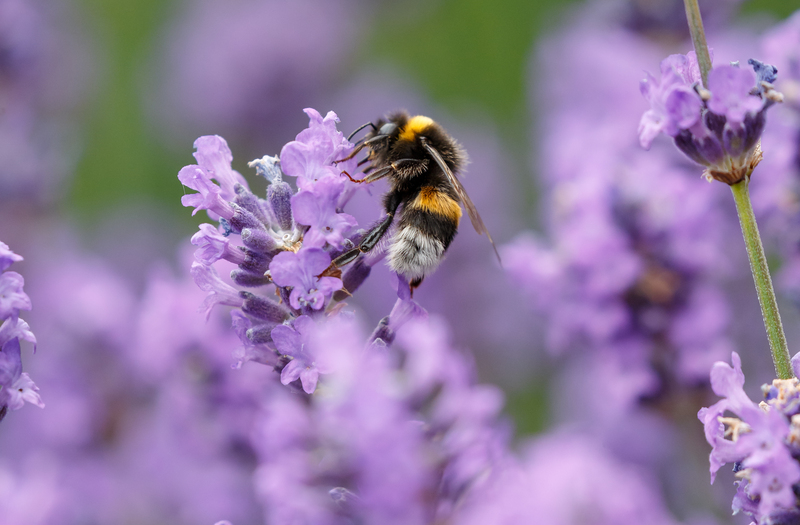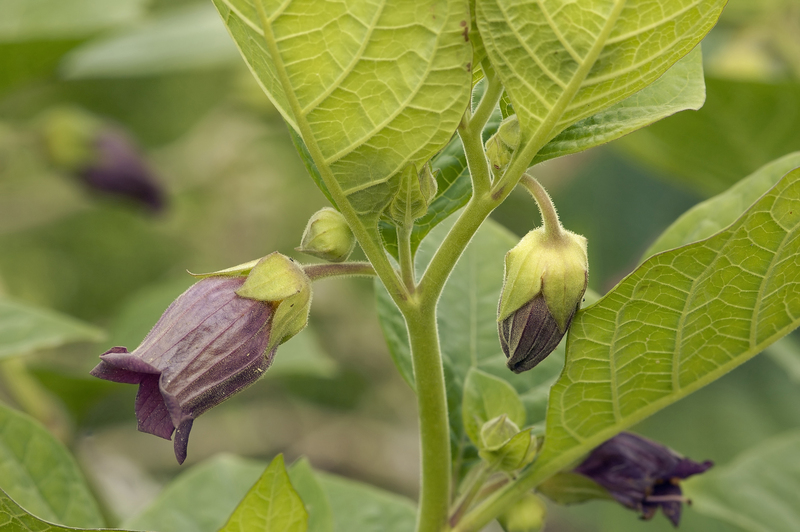Growing Fruit Trees: Tips and Tricks for Beginners
Posted on 18/09/2024

Fruit trees are an excellent way to get your backyard growing with a rewarding and delicious bounty. They can also provide shade in hot summer months attracting wildlife and pollinators. Whether you are an experienced gardener or have never planted a tree before, there are several tips and tricks that can help make your fruit tree-growing experience successful.
Planning Your Garden
Before planting any type of fruit tree, it is important to plan out your garden as much as possible. Take into consideration the amount of space you have available and the types of soil, in which you will be planting. Make sure to research various fruit tree varieties and decide which ones work best for your specific area. Consider if you want a dwarf variety, traditional full-size, or semi-dwarf for larger yields that still fit in a smaller landscape. Many fruit trees require more than one to properly pollinate each other, so think about how many you will need for that purpose and what type of spacing works best for your yard. Additionally, be sure to choose plants that are hardy enough for the local climate.
Preparing the Soil
One of the most important factors in healthy fruit tree growing is properly preparing the soil before planting. Start by testing the soil to see what nutrients and pH levels are already present. Based on these results, you can choose the right fertilizers and amendments to adjust the pH balance and provide essential nutrients. To help with water retention, add organic matter such as compost or mulch around the base of the trees after they've been planted. This will also help keep weeds down and keep roots cool during hot days.
Planting Your Trees
When it comes time to plant your trees, make sure they are spaced far enough apart for each one to thrive without competing for resources in the soil or sunlight. Then dig a hole twice as wide as the pot of your plant and just deep enough that when placed in the hole, its crown (the top of its root system) is level with or slightly higher than the surrounding ground level. If a dwarf variety is being planted, build up berms around it to protect its trunk from animals scratching away at its bark. When placing into the hole, backfill carefully with soil amended with fertilizer until filled but not compacted too tightly; gently poke around roots with fingers so that all air pockets get filled without compressing dirt too much. Water thoroughly throughout this process to settle everything evenly.
Pruning and Training
As your fruit tree grows, some pruning may be necessary depending on its size and shape once mature. Pruning can help increase light penetration into the centre of a tree's canopy while redirecting growth away from nearby structures such as fences or buildings where it may eventually cause damage due to growing larger over time. It is important to wait until late fall/winter when all leaves have dropped off before pruning begins; this allows better visibility while pruning as well as fewer issues with the disease when wounds created by cutting remain exposed during cold weather months instead of hot humid ones riskier for rot setting in around cuts made into non-dormant branches near fully grown leaves/fruits at their tips.
Fertilizing and Mulching
Fertilizing should always be done lightly and according to instructions on the product being used for safety reasons: avoid fertilizing too close together (more than once every two months) since overfeeding can lead to salt burn builds, which harm fragile new growth at the tips of branches - instead opt for a slow-release fertilizer which breaks down over time, so roots get consistent feedings without excesses leading potential damage near their intakes holes found around tree's periphery below ground level often forgotten but need attention just like top parts! Mulching helps protect roots by keeping them cool throughout long summer days while also providing an additional layer of nutrition through compost listed within the mix used; spread three inches thick across the root zone annually - use leaf litter if available near the property instead of buying bags outside store location cheaper price makes sense economically but more importantly does actually do the job well since this type has higher nutrient content than the soil beneath feet providing an even greater benefit when mulching year round!
Harvesting and Storing
Harvesting times vary widely depending on specific fruits being grown within the garden space, but typically ripeness indicators include colour changes (darkening hue seen often), softness feeling while pressing gently against skin surface (especially juicy items like peaches), smelling sweet aromas coming off fruit itself not stem attached which still green indicates unripe condition needing another week two wait before picking completely ripe ones ready immediate consumption! Storing methods differ greatly based size variety chosen, so research information available online regarding proper methods utilized related to particular items. Some do greatly frozen, while others prefer room temperature setting optimally either way. No matter what type of fruit or vegetable is stored, always check regularly tossing any spoiled pieces to prevent mold buildup from spoiling the entire batch quickly. Reap deserved rewards with delicious backyard edible fruits picked and consumed same day fresh straight off parent branches!


